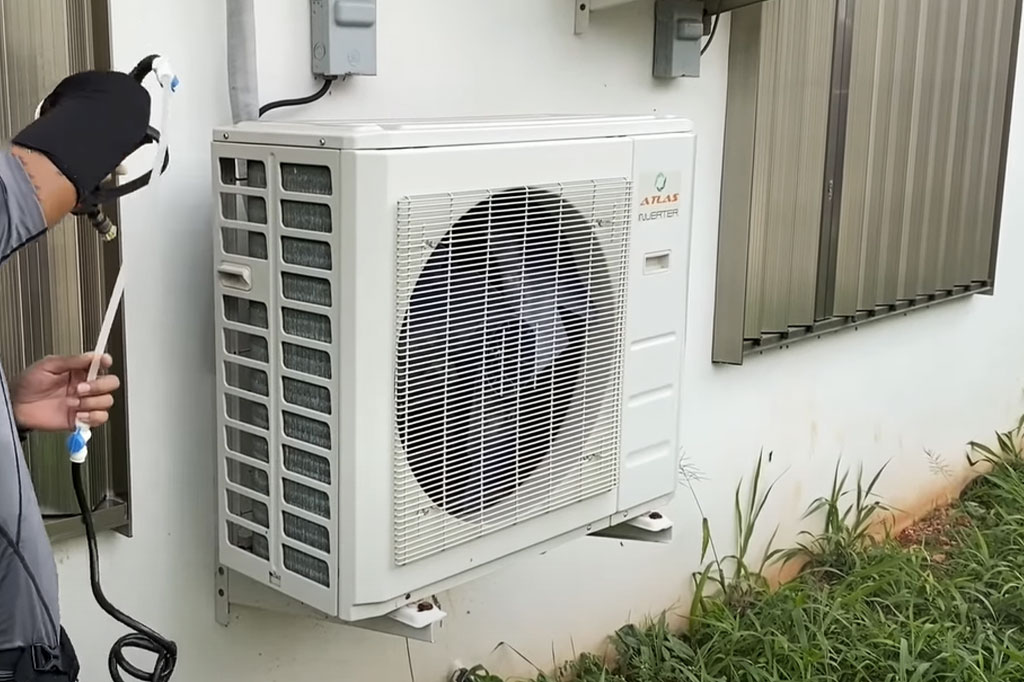
In this comprehensive article, we will delve into the world of air conditioning units and explore the critical role they play in ensuring proper ventilation. Ventilation is an essential aspect of maintaining indoor air quality and creating a comfortable environment. We, as experts in the field, will shed light on the intricacies of air conditioning systems and how they address ventilation concerns. Let’s dive in and demystify any confusion surrounding this topic.
Understanding the Significance of Ventilation
Ventilation refers to the process of exchanging indoor air with fresh outdoor air. It is crucial for various reasons, including:
- Air Circulation
Ventilation ensures a steady flow of air throughout indoor spaces, preventing stagnation and maintaining a healthy atmosphere. - Temperature Regulation
Proper ventilation helps regulate indoor temperatures, especially in hot and humid climates, by facilitating heat dissipation. - Moisture Control
It aids in managing moisture levels, preventing the accumulation of condensation, which could lead to mold and mildew growth. - Indoor Air Quality
Ventilation eliminates indoor air pollutants, such as dust, allergens, and volatile organic compounds (VOCs), promoting cleaner and healthier air for occupants.
The Role of Air Conditioning Units in Ventilation
Air conditioning units are not solely designed for cooling spaces; they also contribute significantly to the ventilation process. Let’s explore how they achieve this:
- Air Filtration
Modern air conditioning units come equipped with filters that capture dust, pollen, and other contaminants, enhancing indoor air quality. These filters prevent pollutants from recirculating in the air, ensuring a fresher and cleaner environment. - Ventilation Modes
Many air conditioners have dedicated ventilation modes that allow them to bring in outdoor air. This mode is particularly useful when outdoor conditions are favorable, and it helps refresh the indoor air without relying solely on recirculation. - Dehumidification
High humidity levels can make indoor spaces uncomfortable and promote the growth of mold and mildew. Air conditioning units have dehumidification capabilities, which reduce moisture levels, contributing to a more pleasant and healthier environment. - Air Exchange Rate
The air exchange rate represents the number of times an air conditioning unit replaces the indoor air with fresh air from outside within a given time. High-quality air conditioners have an optimal air exchange rate, ensuring efficient ventilation. - Exhaust Systems
Certain air conditioning units are integrated with exhaust systems, enabling the direct expulsion of stale indoor air to the outside. This feature is especially beneficial in areas with poor outdoor air quality.
Addressing Common Misconceptions
- Air Conditioners Don’t Provide Fresh Air
One misconception about air conditioning units is that they only recirculate indoor air. While older models may have lacked dedicated ventilation modes, modern units are designed to incorporate fresh air intake, significantly contributing to ventilation. - Air Conditioners Cause Indoor Air Pollution
Another misconception is that air conditioners contribute to indoor air pollution. This notion arises from the assumption that recirculated air contains pollutants. However, with proper maintenance and regular filter changes, air conditioners can effectively improve indoor air quality. - Air Conditioning Units Are Energy-Intensive
While it’s true that air conditioners consume energy, advancements in technology have led to more energy-efficient models. Manufacturers now prioritize eco-friendly designs, helping reduce the overall environmental impact.
Tips for Optimizing Air Conditioning Units for Ventilation
To maximize the ventilation benefits of your air conditioning unit, consider the following tips:
- Regular Maintenance
Schedule regular maintenance for your air conditioner, including filter replacements and cleaning. This ensures optimal performance and better indoor air quality. - Utilize Ventilation Modes
Take advantage of ventilation modes on your air conditioner, especially during mild weather conditions, to introduce fresh outdoor air into your living spaces. - Temperature and Humidity Control
Adjust your air conditioner’s temperature and humidity settings to create a comfortable and well-ventilated indoor environment.
Conclusion
Air conditioning units play a vital role in ventilation by improving indoor air quality, regulating temperature, and controlling humidity levels. They have evolved significantly over the years, and modern units are designed to prioritize both cooling and ventilation. By debunking common misconceptions and providing essential tips, we hope this article has clarified the relationship between air conditioning units and ventilation.
Leave a comment